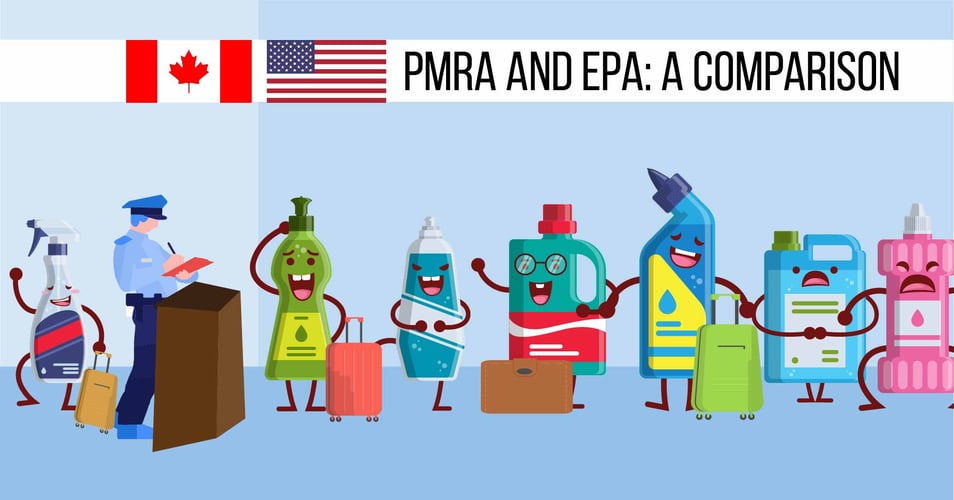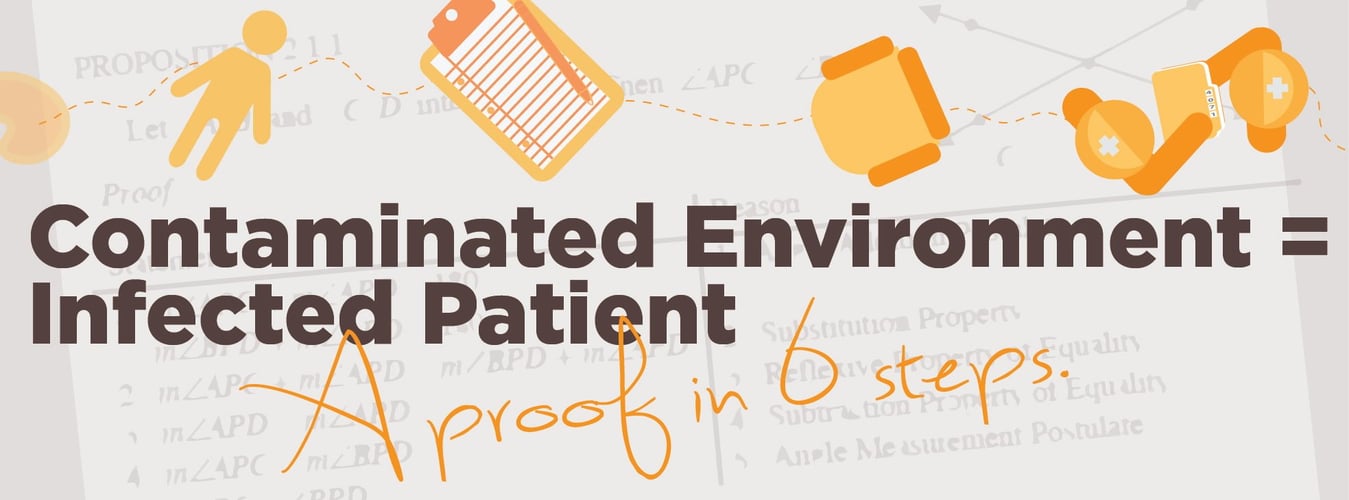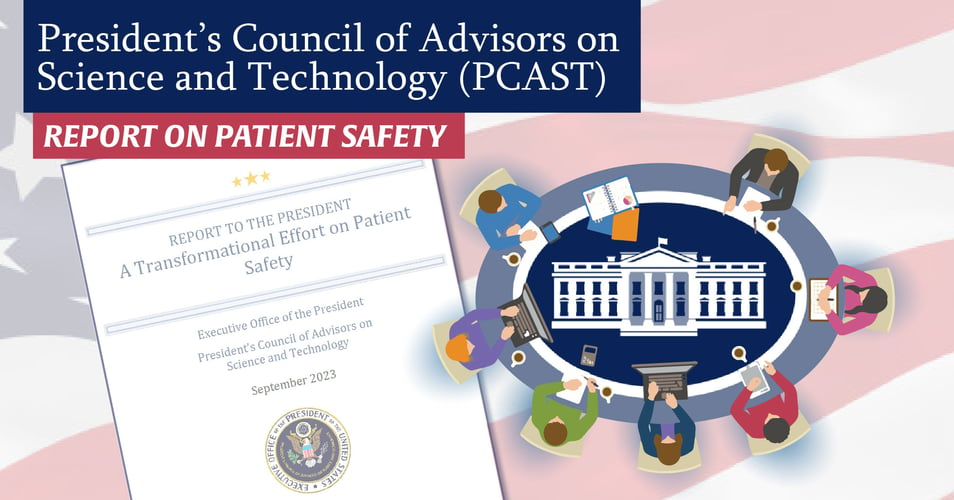3 Not-So-Easy Steps to an EPA Registration for Public Health Claims

Securing an EPA Registration for Public Health Claims is difficult, time-consuming, and costly. However, the registration, while not an endorsement or certification, is a standard by which products can be evaluated and chosen with confidence. An EPA registration number tells consumers that the product has gone through rigorous testing and found not to be a threat to consumer health or the environment.1
How to Get an EPA Registration
- Submit Testing Protocols
- Third-Party Testing
- The Results and Claims
Step 1: Submit Testing Protocols
The first step towards EPA Registration for Public Health Claims is creating and submitting testing protocols. These are the tests by which the third-party laboratory will put the product "through the paces" and demonstrate its efficacy. The protocols will identify the microorganisms to be tested as well as the testing methods, including abrasion testing. The EPA must approve the testing protocols before any testing takes place.
Step 2: Third-Party Testing
The second step is the laboratory testing. The EPA has two approved third-party laboratories which are approved sites for product testing. After the protocols are approved, they are submitted to the laboratory, along with thousands of product samples. At this point, the laboratory takes over and, following the approved protocols, submits the product samples to various tests which evaluate how effectively the product stands up to the claims the company wishes to make about it. For example, if the company claims that the product kills gram-positive and gram-negative bacteria in under 2 hours, the testing would exaggerate real-world scenarios. For example:
- The level of bacteria used in the tests are at least 1,000 times greater than the contamination level typically found on surfaces in health care facilities.
- Samples are tested under various environmental conditions including wet, dry, hot, cold, and other variations to cover any conceivable setting.
- Samples are subjected to an array of different cleaning products to cover the spectrum of what may be used in hospitals nation-wide.
- Samples are exposed to bacteria repeatedly to test efficacy after re-contamination.
Step 3: The Results and The Claims
After many months of testing and retesting, the third-party laboratory releases the results. In order to achieve the registration, samples have to achieve a zero-fail rate, exhibiting an ability to kill and EPA-assigned range of harmful bacteria within the specified time frame while also withstanding a series of comprehensive abrasion techniques without losing efficacy over time. If a product fails this testing, the EPA will issue a fine to the manufacturer or initiate a removal of the product from the market place. If the product passes, the EPA releases the approved statement which the company is permitted to make about the product.2 Included in the statements are the approved labeling, a registration number which consumers can use to look up the product, and additional tracking information.
FURTHER READING: Treated Article vs. Public Health Claims
And that is the path to EPA registration. After registration is achieved, there are a number of responsibilities taken on by the company which involve upholding the requirements of the registration and becoming stewards of the marketplace.
There are many products in the marketplace that make claims about their efficacy against harmful germs. The EPA registration process was put in place to ensure that the consumer could make informed choices backed up by data and testing.
If you would like to learn more, please refer to the EPA's online manual.
1Agency About Pesticide Registration. (n.d.). Retrieved from U.S. Environmental Protection Agency.
2Antimicrobial Testing Program. (2014, August). Retrieved from U.S. Environmental Protection Agency:
Editor's Note: This post was originally published in January 2015 and has been updated for freshness, accuracy and comprehensiveness.
![EOScu Logo - Dark - Outlined [07182023]-01](https://blog.eoscu.com/hubfs/Eoscu_June2024/Images/EOScu%20Logo%20-%20Dark%20-%20Outlined%20%5B07182023%5D-01.svg)

![[infographic] Understanding EPA Public Health Claims Download and share!](https://no-cache.hubspot.com/cta/default/216314/interactive-178732435278.png)



